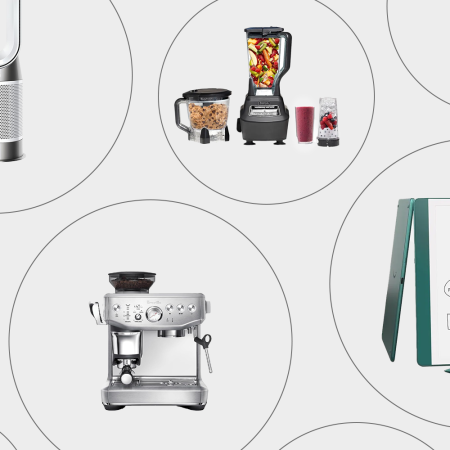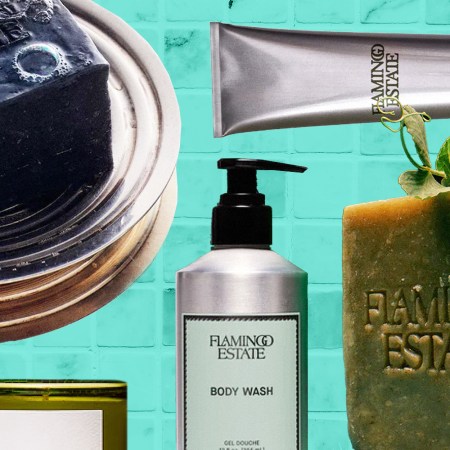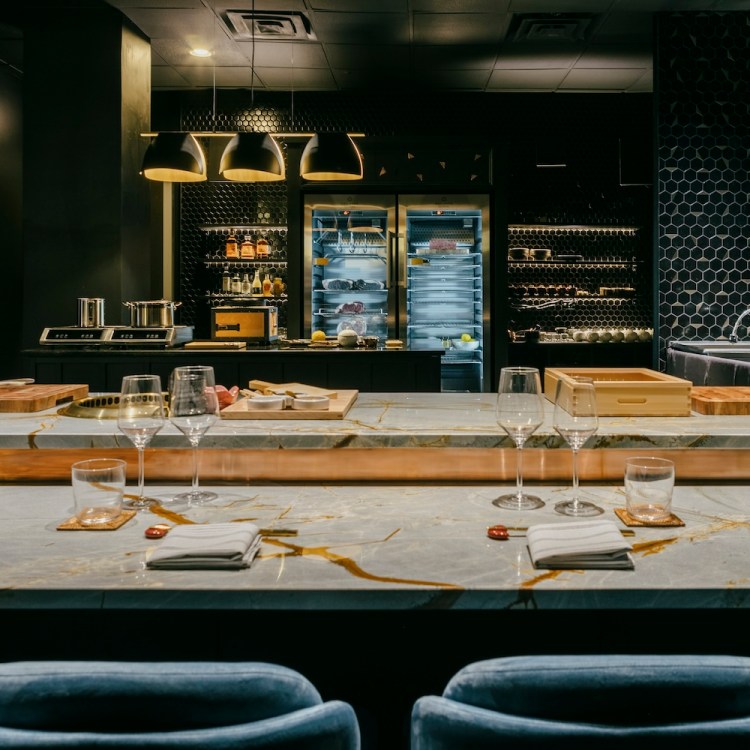Behind every great chef is a great set of tools.
And if he wants the best tools in town — well, we’ve got big news on the knife front.
Allow us to introduce you to Galen Garretson.
Garretson is the knife aficionado behind San Francisco’s Town Cutler. A 10-year vet of Bay Area kitchens like Quince, he found he was more interested in the tools of the trade than the trade itself, and opened a knife shop in Nob Hill in 2011 to offer pros and home cooks alike a focused lineup of pro-grade blades and sharpening services.
He’s been mulling a Chicago location for years. “Chicago’s a great city — big on food and very competitive; it seems like a no-bullshit city,” Garretson says. “I’ve been talking about opening here for years.”
The man’s minty West Loop outpost (1116 W. Madison St.) opened with everything from custom-made blades (chef’s knives run $250-$350) and hard-to-find Japanese knives to canvas knife wraps, bespoke leather scabbards, sharpening stones and knife-sharpening classes.
We caught up with Garretson to ask him for the knives every serious home cook needs to start a pro-grade kitchen collection. His response: simplify, simplify, simplify.
As for maintaining the blades’ sharpness once they’re in your knife block, Garretson recommends a couple passes on a whetstone (fine-grain sharpening stone) at least once a week. But be sure to get your knives professionally sharpened every six months to a year, depending on how much you cook.
Says Garretson: “A sharp knife is always safer than a dull knife.” He goes on: “We try to get professional chefs to very simply just polish the edge at beginning of a shift. Same thing with people at home. Throwing it on the polishing stone every week will go a long way in maintaining it.”
So which knives are essential?
The 8-Inch Chef’s Knife
The all-purpose knife, Garretson sometimes recommends one stainless and one carbon steel for strenuous and exacting projects, respectively. “I like the durable, heavier stainless knife for rougher projects like breaking down squash or cutting through chicken bones, and a thinner lightweight carbon steel knife for precision projects like chopping herbs,” he says.
By the way, the thing that makes stainless stainless is chromium: when you add chromium to steel, you get a larger grain structure. Without it, you have carbon steel, which has a finer grain structure, so it can get much sharper.
The 6-Inch Utility Knife
For even more precision, like thinly slicing shallots or garlic, a shorter utility knife is also easier to control than the chef’s knife, Garretson says.
The 3-Inch Paring Knife
Ideal for intricate kitchen work, like deveining shrimp or seeding jalapenos, a paring knife completes Garretson’s essential set.
Bonus: The Boning Knife
“For those who do any sort butchering,” be it trimming beef or boning fish, the sharp point and narrow blade of a boning knife make it the ideal tool.
Photos: Alison Christiana
Every Thursday, our resident experts see to it that you’re up to date on the latest from the world of drinks. Trend reports, bottle reviews, cocktail recipes and more. Sign up for THE SPILL now.
























